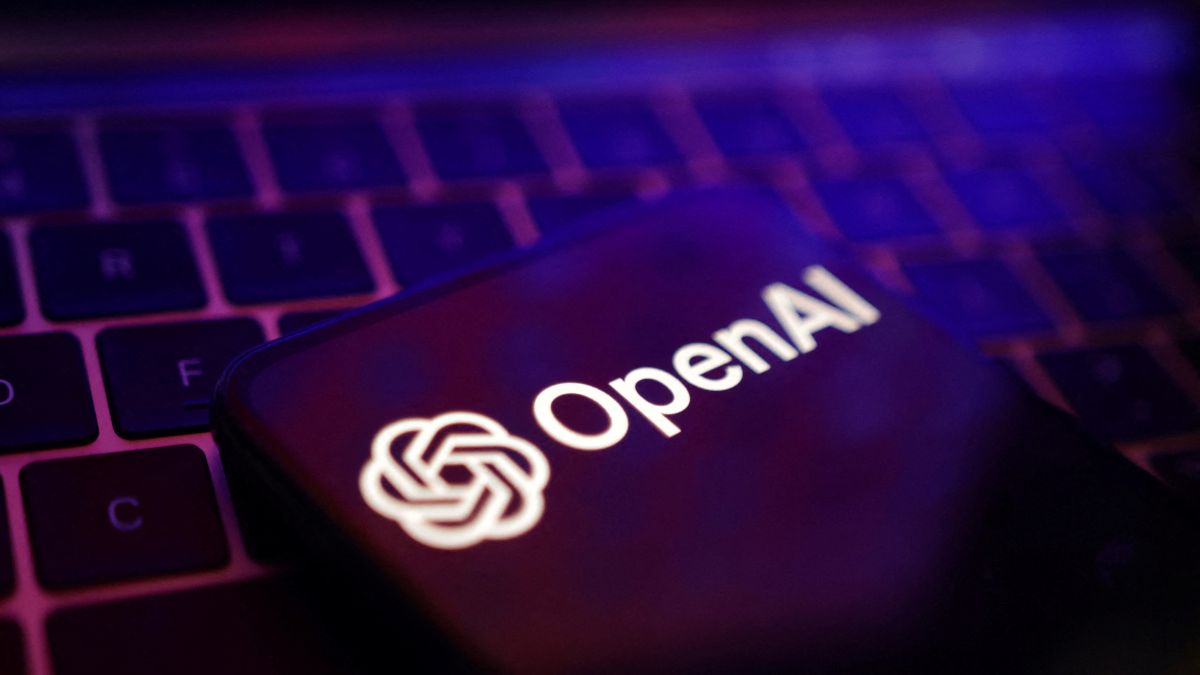OpenAI postpones the release of its open-source AI model for further safety reviews, leaving its launch date uncertain.
OpenAI has once again delayed the release of its highly anticipated open-source AI model. Initially expected to launch next week, the model now faces an indefinite postponement. CEO Sam Altman cited the need for further safety evaluations and risk assessments as the primary reason behind this decision, leaving developers and AI enthusiasts in extended anticipation.
A Release Pushed Back Once More
Despite previous assurances and considerable excitement surrounding the launch, OpenAI has announced another delay in rolling out its new open-source AI model. The model, which was set to be released in the upcoming week, will now remain unreleased with no confirmed date in sight. This marks the second time in the summer of 2025 that the company has pushed back its timeline.
CEO’s Explanation Behind the Delay
In a post on the social media platform X (formerly Twitter), Sam Altman explained:
“We need additional time to conduct thorough safety testing and evaluate high-risk areas. Once the model weights are released, they can’t be taken back. This is a new experience for us, and we want to ensure we get it right.”
Altman’s comments underscore OpenAI’s heightened concern for safety and responsible deployment in the AI space.
Fierce Competition in the AI Landscape
While OpenAI pauses for further safety reviews, the global AI race is accelerating. On the same day OpenAI announced its delay, Chinese AI startup Moonshot AI unveiled Kimi K2, a trillion-parameter open model that, according to benchmarks, outperforms OpenAI’s GPT-4.1 in several coding-related tasks. This bold move further intensifies the already competitive environment in the open-source AI arena, potentially challenging OpenAI’s leadership.
Expectations for OpenAI’s Model
Reports suggest that OpenAI’s upcoming open model is expected to match the reasoning capabilities of its proprietary O-series models and is intended to set a new standard among open-source alternatives. There have also been internal discussions about enabling the model to connect with OpenAI’s cloud infrastructure to handle more complex queries, though it’s still unclear whether such features will be included in the final release.
Statements from OpenAI Leadership
Aidan Clark, OpenAI’s Vice President of Research, added in a post on X:
“From a capability standpoint, this model is phenomenal. But our standards for open-source releases are high. We need additional time to ensure we’re proud of the model across every dimension.”
Clark’s remarks reaffirm the company’s commitment to excellence and thorough review before any major release.
Secrecy or Breakthrough?
Interestingly, during the first delay announcement in June, Altman hinted at an “unexpected and quite amazing” breakthrough, though he provided no specific details. This vague yet intriguing statement has sparked speculation among industry observers that the model might contain capabilities far beyond what has been publicly disclosed. Some analysts believe OpenAI is navigating a delicate balance between innovation and the ethical risks of deploying such advanced systems.
Conclusion: A Strategic Pause or Missed Opportunity?
While OpenAI emphasizes safety and responsibility in its approach to releasing transformative technologies, repeated delays could cost the company valuable ground against its increasingly aggressive competitors. On the other hand, this pause may allow for critical refinements that elevate the final product and reaffirm OpenAI’s reputation for leadership in AI safety and quality. Whether OpenAI retains its dominant position or cedes momentum to rivals like Moonshot AI remains to be seen.



